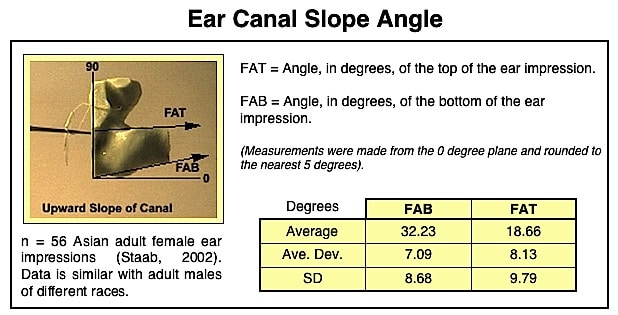In this last of the series of syndromes that started in the January 20 post on early identification of syndromes using hearing loss, we come to Pendred Syndrome.
Pendred Syndrome derives its name from the physician Vaughan Pendred who first described its symptoms in the late 19th century. This genetic disorder causes early hearing loss in children afflicted with it. The progressive bilateral hearing loss can start as early as birth to age three. It can fluctuate, but the end result for some is total loss of hearing. The vestibular system can also be affected. This affects balance, so when an ENG or VNG is performed a vestibular weakness is shown. However, the only effect from this is that babies with Pendred may walk later. The brain compensates quite well for this weakness.
 Besides hearing loss, some patients have a growing thyroid gland, which affects hormones in the body and how the body gets energy from food. The hormone levels are not affected by this syndrome and those with it grow at a normal rate. There is an increased chance of a goiter developing in those affected by teenage to young adults. A goiter is a tumor that affects the endocrine system, and if one develops an endocrinologist should be consulted.
Besides hearing loss, some patients have a growing thyroid gland, which affects hormones in the body and how the body gets energy from food. The hormone levels are not affected by this syndrome and those with it grow at a normal rate. There is an increased chance of a goiter developing in those affected by teenage to young adults. A goiter is a tumor that affects the endocrine system, and if one develops an endocrinologist should be consulted.
The gene involved in Pendred is chromosome 7, or the SLC26A4 gene (also known as PDS gene). It is a recessive trait, which means it is a fresh mutation or the child must receive the affected gene from both parents. As a carrier, the parent will show no signs.
If a child does show signs of hearing loss at such a young age, an MRI or CT scan should be conducted to look for two signs of Pendred syndrome. One sign is fewer turns in the cochlea. A healthy cochlea has two and a half turns, but an affected cochlea may have only a turn and a half; but this is not universal with Pendred Syndrome. The second sign is an enlarged vestibular aqueduct, which can cause an enlarged endolymphatic sac.
For those who need support, here is a place to start.







